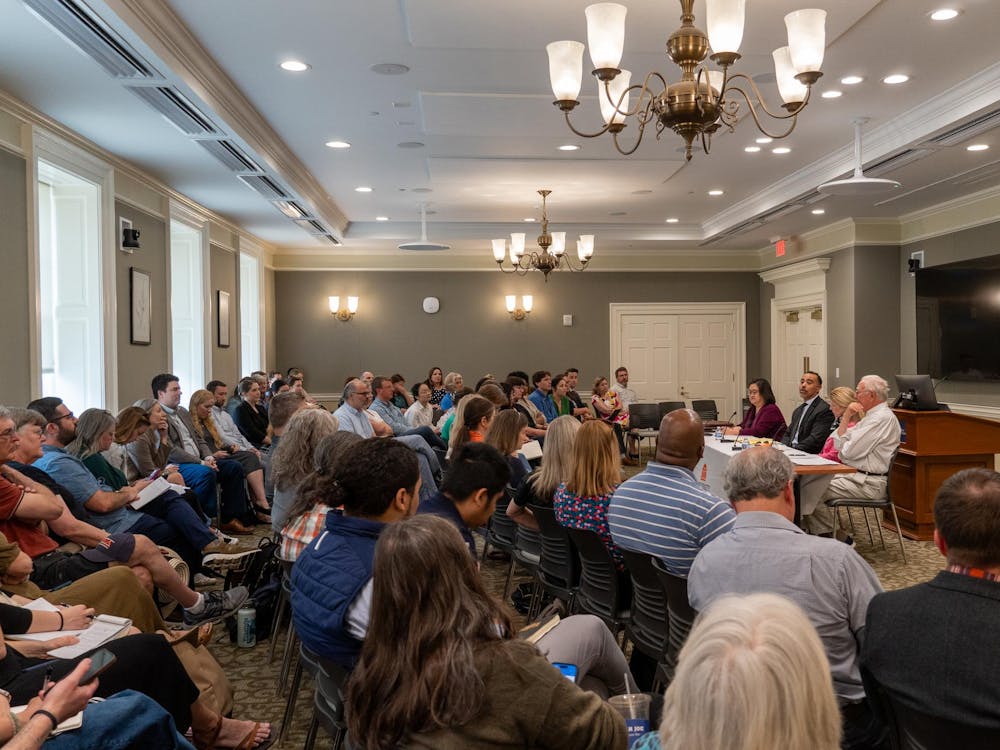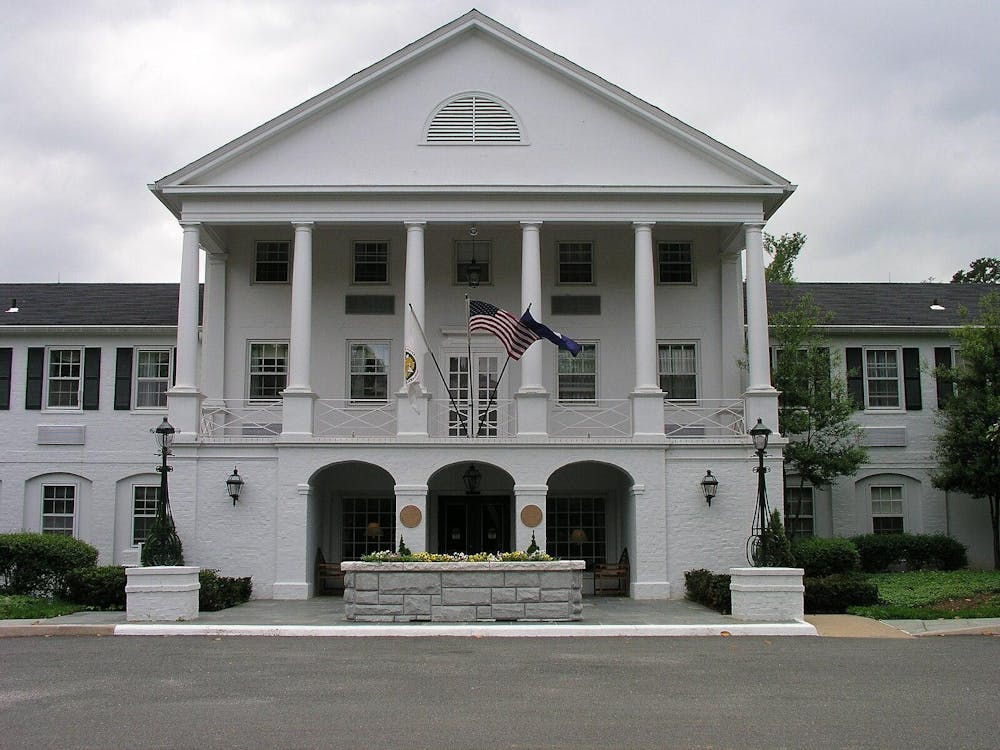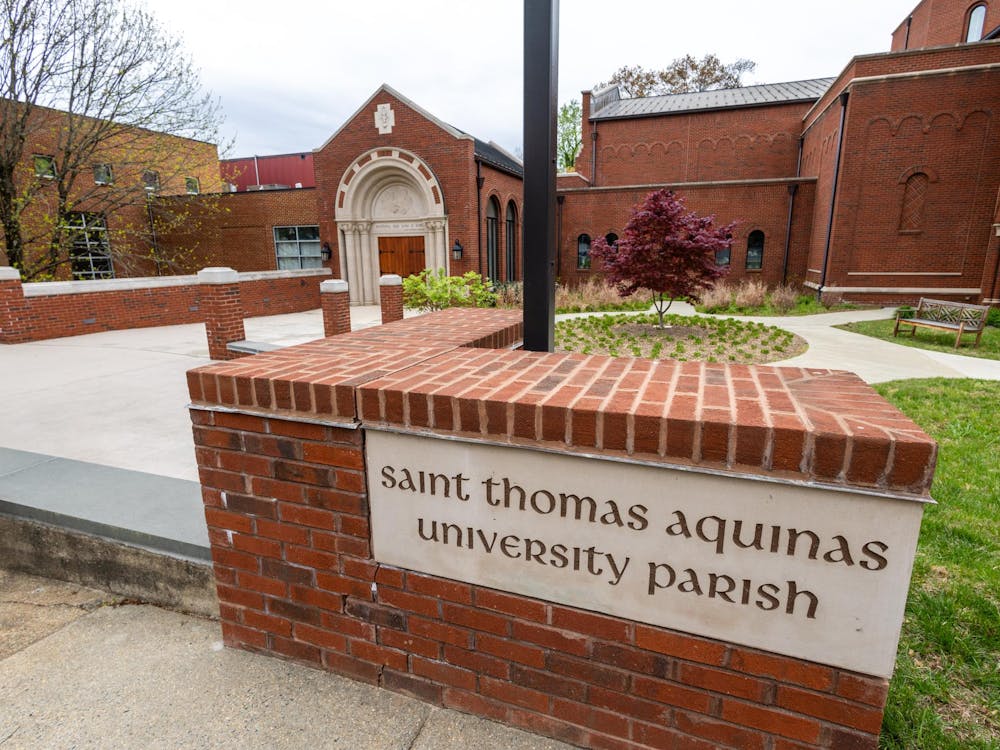Recently released fall fraternity bid statistics indicate a increase in the number of bids extended and number of fall rush participants compared to last year.
Andy Snyder, Inter-Fraternity Council chairman for membership intake, said 125 men registered for the 10-day event, which ended two weeks ago. About 45 to 50 bids were extended Sept. 27, he said, noting that about 40 of those bids were accepted.
“It’s up a little from last year,” Snyder said, explaining that in fall 2007, only 31 bids were accepted. Additionally, Snyder said, there were about 15 to 20 more participants registered for fall rush this year compared to last year.
“It was a good result,” IFC President Taylor Richardson said.
Snyder said he anticipates that spring rush will experience a similar growth in numbers.
According to Snyder, this year’s fall rush was more informal than in previous years, alleviating pressure on brothers and rushees alike. As opposed to following a rigid schedule, Snyder said this year’s fall rush events were “up to the discretion of the fraternity,” a decision that may have resulted in the increased participation.
Snyder said he thinks the whole process of fall rush is more convenient because it requires less organizing than spring rush, which attracted more than 700 men this past spring. With fewer potential members in the fall, brothers can extend invites by simply making a quick phone call.
Additionally, fall rush does not hold “no contact days” during which potential brothers take a break and consider for which fraternity they are most suited. Snyder said with fewer potential brothers and fewer participating houses, this part of the schedule is just not necessary.
“We feel that its more important that spring rush have more structure,” Richardson said, adding that this structure exists to level the playing field for first-year students rushing in the spring. He said the IFC feels that upperclassmen have had more experience with University life and would therefore not benefit as much from a rigorous rush schedule.
While fall rush is a growing and convenient form of fraternity recruitment, the IFC does not anticipate it growing to rival the number of participants in spring rush.
“It might slowly get bigger,” Snyder said, noting, however, “I think it will stay an informal process.”
Richardson agreed, adding that the IFC hopes to increase the size of rush in general by expanding both the spring and fall recruitment seasons.
“There is room for both of them to grow,” he said. “We want to expose as many people as possible to the system.”






